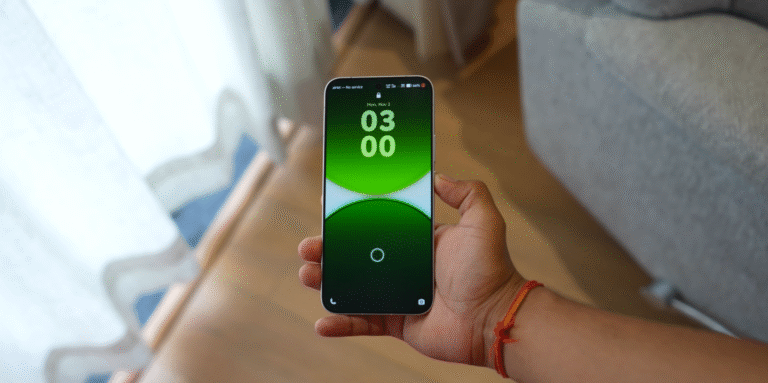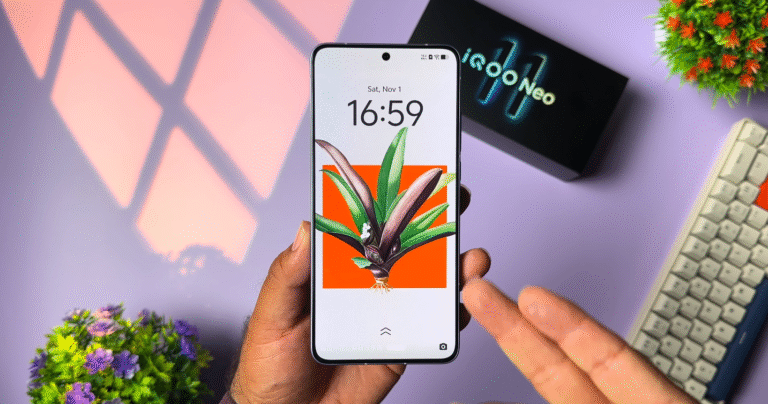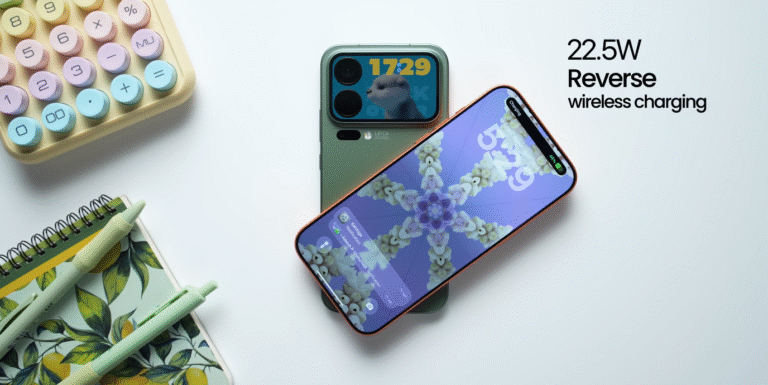Redmi K90 Pro Max storage downgrade warnings: pick the right version

Why storage choice matters more than you think
The Redmi K90 Pro Max has been praised for its flagship-level performance and camera hardware, but one crucial buying decision often goes overlooked — storage configuration. Xiaomi offers multiple variants, ranging from 12GB RAM with 256GB storage to a top-end model packing 16GB RAM and 1TB storage. Choosing the right version can make a major difference in long-term usability, especially for UK buyers planning to keep their device for several years.
Unlike older Redmi models, the K90 Pro Max does not include a microSD card slot. That means whatever storage capacity you buy is what you’ll live with for the entire life of the phone. For light users, 256GB may sound generous, but for anyone who records high-quality videos, downloads large games, or stores thousands of photos, it can fill up surprisingly fast.
The base 256GB model is ideal for those who mainly use streaming services and rely on cloud storage. If you mostly browse, message, and use social media, this version will handle everything comfortably. But power users, gamers, and photographers will quickly run into limitations as app sizes, game files, and media content continue to grow in 2025 and beyond.

Xiaomi’s 512GB variant offers the best middle ground for most users. It provides plenty of room for 4K video, high-resolution photography, and multiple large games without constant storage management. Given the Redmi K90 Pro Max’s powerful camera setup, which encourages users to shoot more photos and videos, the extra capacity becomes more valuable over time.
For professionals, content creators, or anyone planning to use the device for heavy workloads, the 1TB version is the ultimate pick. It ensures peace of mind, allowing users to store extensive files and projects without relying on external or cloud solutions. While it costs more, it also future-proofs the device and improves its resale value later.
Choosing a smaller capacity can also affect performance indirectly. As storage fills up, flash memory slows down, and the system may take longer to manage files. This can lead to slightly slower app launches and reduced responsiveness, particularly in devices with limited free space. Opting for higher storage helps maintain long-term speed and stability.
Buyers in the UK should also consider that imported models might come with regional software differences and no option for expandable storage. That makes choosing a larger variant at purchase even more important, since upgrading later isn’t possible. Xiaomi’s UK pricing typically offers fair value between tiers, so the 512GB or 1TB versions are often more cost-effective in the long run.
Another factor to weigh is media consumption. The K90 Pro Max features a high-resolution display and advanced video recording capabilities that naturally generate large file sizes. For those using the phone as a primary device for entertainment and creative work, smaller storage may lead to frequent “memory full” warnings, forcing constant file transfers.
It’s also worth noting that higher-capacity variants often come with slightly better thermal management and sustained performance, thanks to faster UFS 4.0 storage chips. These small differences can impact gaming sessions and multitasking, making premium models more appealing for users who demand consistent power.
For most UK consumers, the 512GB model stands out as the best value option — balancing performance, capacity, and longevity. The 256GB base model is fine for light use, but not ideal for long-term ownership, while the 1TB version is suited for enthusiasts and professionals.
In summary, the Redmi K90 Pro Max’s lack of expandable storage means buyers must choose wisely. Saving a little now might cost more in frustration later. Picking a higher-capacity version ensures smoother performance, fewer compromises, and a truly flagship experience for years to come.






